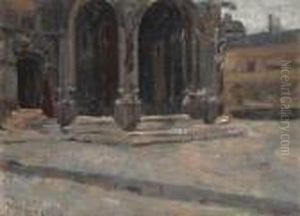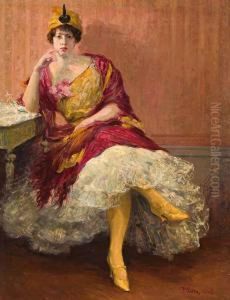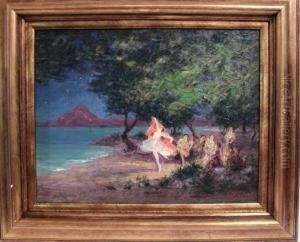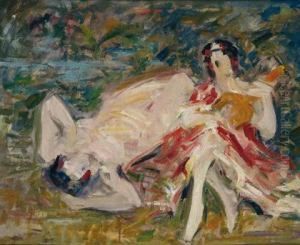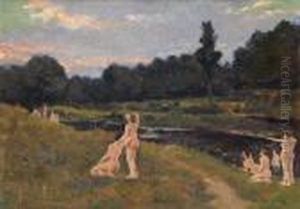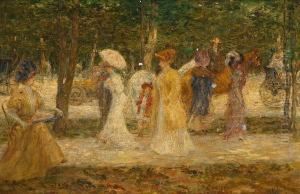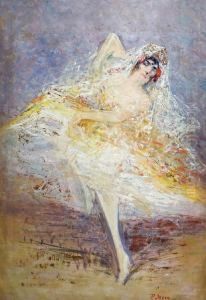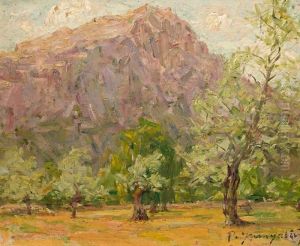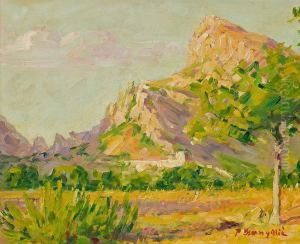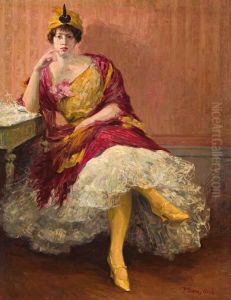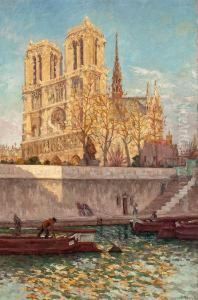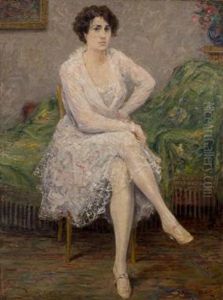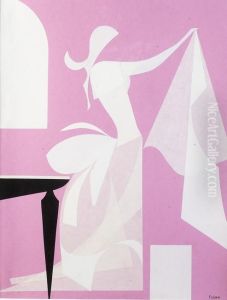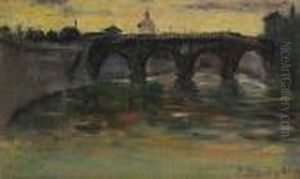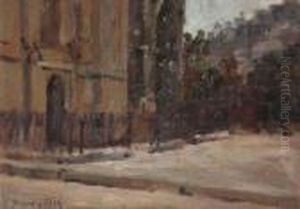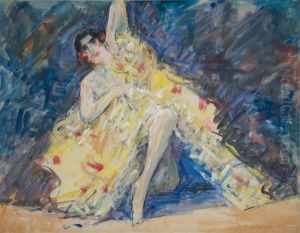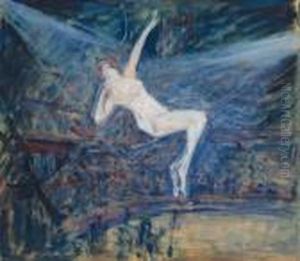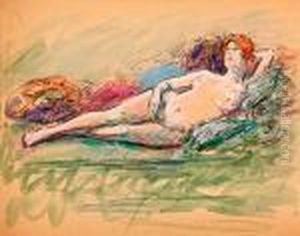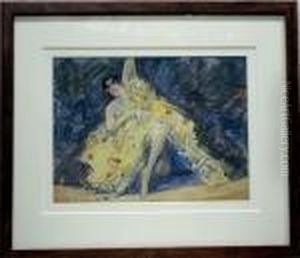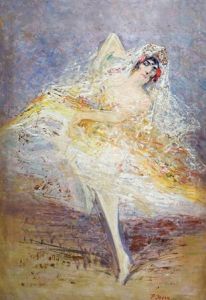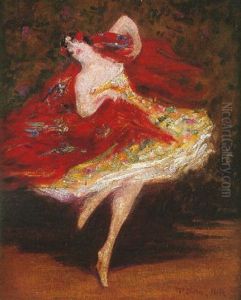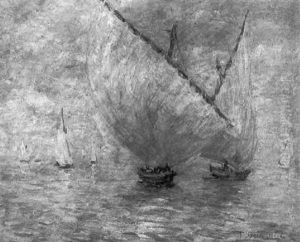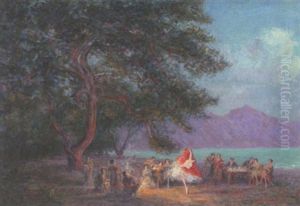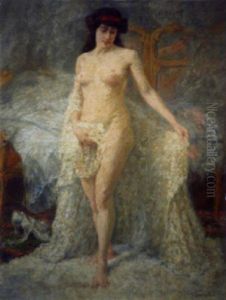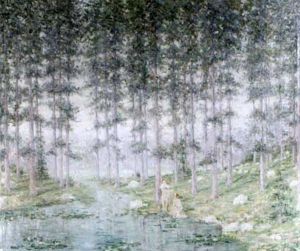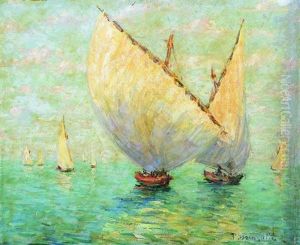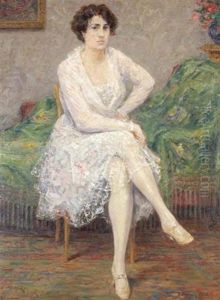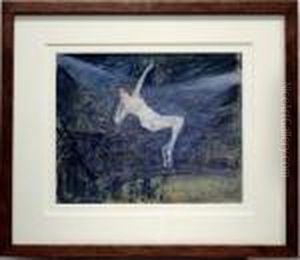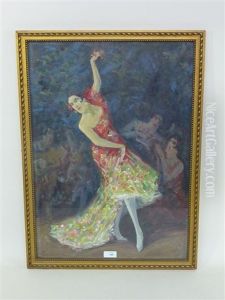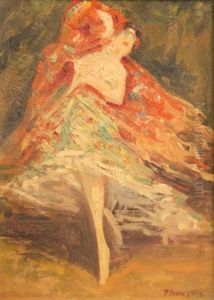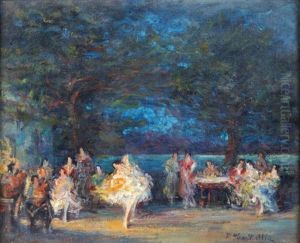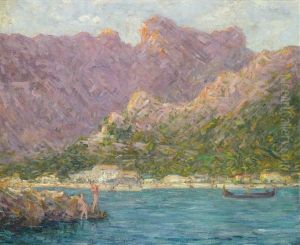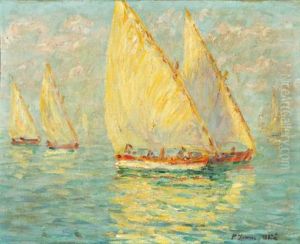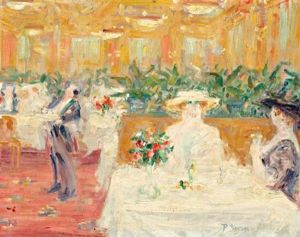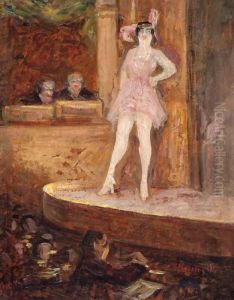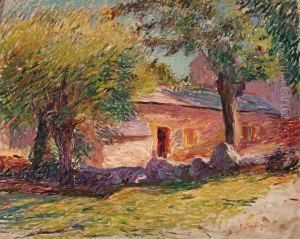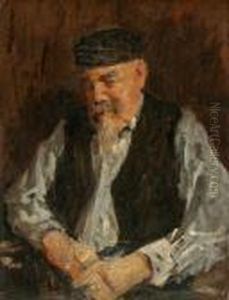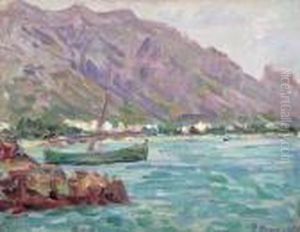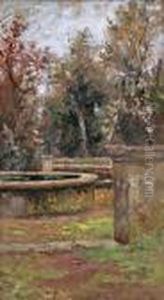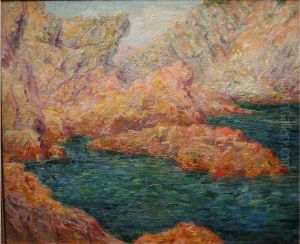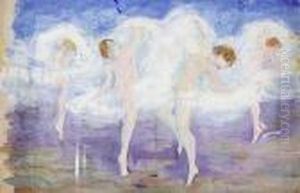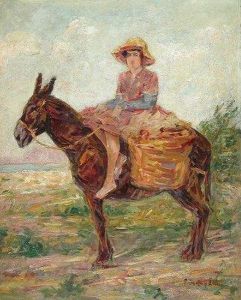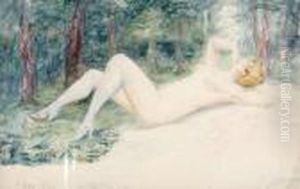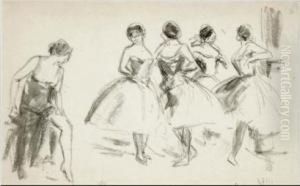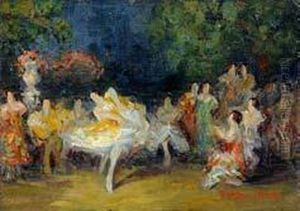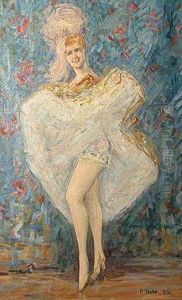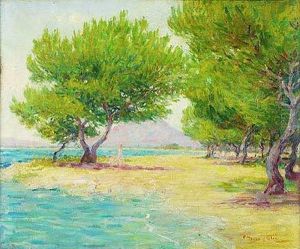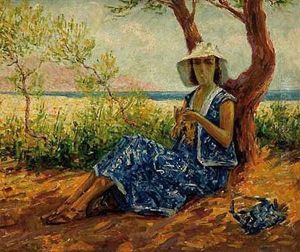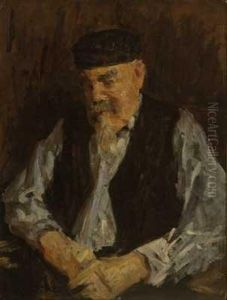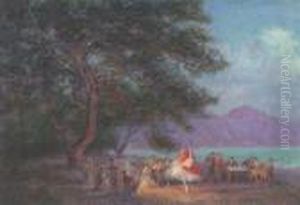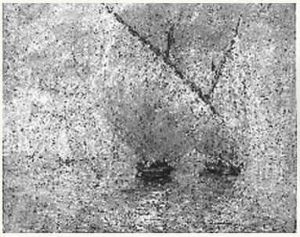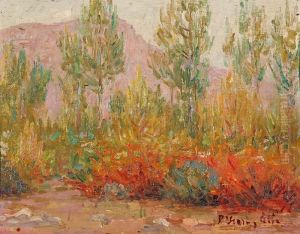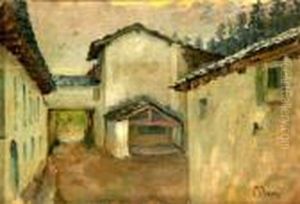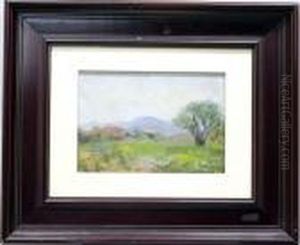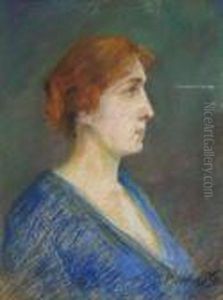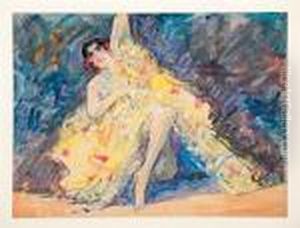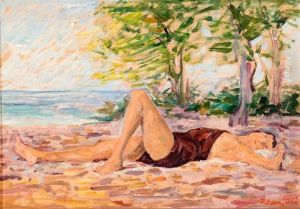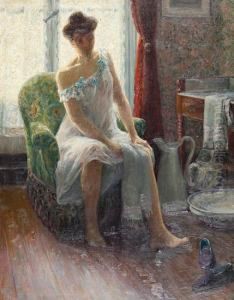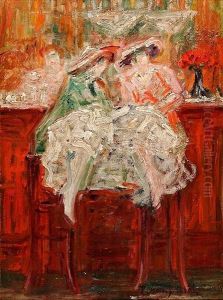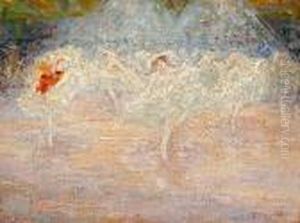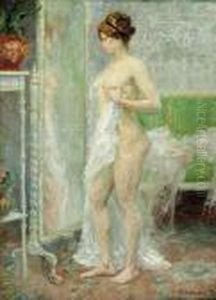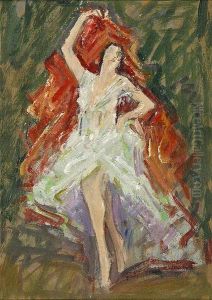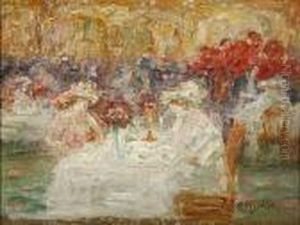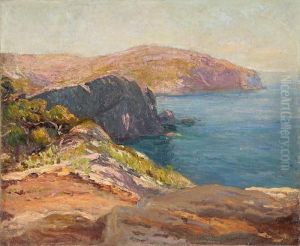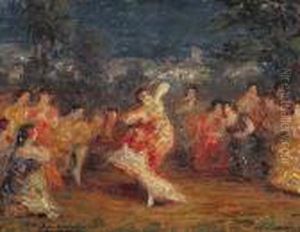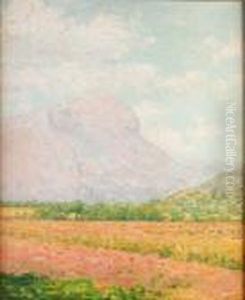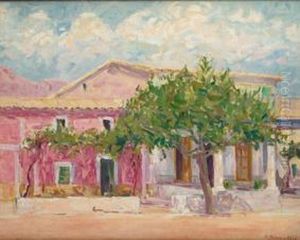Pere Ysern Y Alie Paintings
Pere Ysern Alié was a Spanish painter, born in 1875 in Barcelona, Catalonia. He is known for his contributions to the Catalan art scene during the late 19th and early 20th centuries. Ysern Alié developed a passion for art at a young age and pursued his studies at the Escola de la Llotja in Barcelona, where he was influenced by the works of artists like Marià Fortuny and Modest Urgell.
In 1894, he traveled to Rome, which was a pivotal moment in his artistic development. There, he immersed himself in the classic Italian masters and began to hone his skill in depicting light and shadow, a technique that would become a hallmark of his later work. After his time in Italy, Ysern Alié settled in Paris, where he was exposed to the burgeoning Impressionist movement and the dynamic Parisian art scene. This experience greatly influenced his painting style, as he began to adopt looser brushstrokes and a brighter palette.
Ysern Alié's work is characterized by his delicate treatment of light, often using it to create atmospheric and emotive scenes. His subjects varied from genre scenes and landscapes to portraits and nudes. He was particularly adept at capturing the vibrancy of Parisian life, reflecting the city's cafes, streets, and the bohemian lifestyle of its inhabitants.
Despite his success in France, Ysern Alié maintained strong ties to Catalonia and often depicted scenes of Catalan life in his paintings. He was part of the Catalan artistic movement known as Modernisme, which was the regional version of Art Nouveau and had a significant impact on the region's culture and aesthetics.
Throughout his career, Pere Ysern Alié exhibited his work in various salons and galleries in Europe, achieving recognition and accolades for his contribution to the art world. His paintings are now part of several important collections, including those at the Museu Nacional d'Art de Catalunya in Barcelona.
Pere Ysern Alié passed away in 1946, leaving behind a legacy as one of the prominent Catalan painters of his time. His work continues to be celebrated for its elegance, sensitivity to light, and depiction of everyday life, as well as its contribution to the Modernisme movement.
